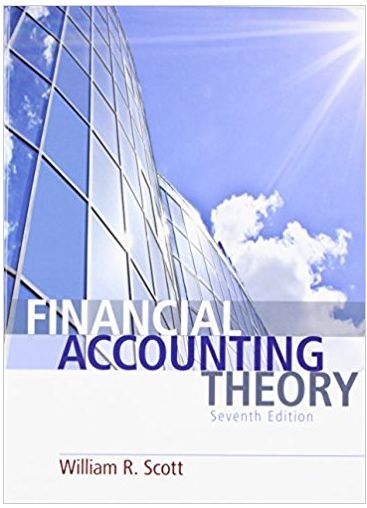Recent years have seen considerable litigation against auditors in the United States. A major source of this
Question:
One can sympathize with company managers for wanting to meet earnings expectations. The market will severely penalize their stock price if they do not. For example, in 1997, Eastman Kodak announced that revenue would not meet expectations due to the high value of the U. S. dollar, and analysts reduced their estimate of first quarter 1997 earnings from $ 0.90 per share to $ 0.80. Kodak’s share price fell by $ 9.25 to $ 79 in heavy trading. Subsequently, Kodak reported earnings per share for the quarter of $ 0.81, and share price rose $ 2.25 to $ 75.37.
This market reaction has been repeated many times since. An article in The Wall Street Journal in April 2000 quoted a prominent investment manager as saying that the market is “overdiscounting” changes in earnings expectations and that it is “reacting too much.”
Required
a. Why might an auditor be tempted to go along with client pressure to manage reported earnings so as to meet analysts’ expectations? What are some of the possible longer-run costs to the auditor if he or she goes along?
b. To what extent would increased use of a measurement approach to financial reporting reduce auditor exposure to client pressure and lawsuits?
c. Use concepts from behavioral finance to explain why the market may “overreact” to changes in earnings expectations.
d. Is the $ 9.25 reduction in Kodak’s share price reported above inconsistent with efficient securities market theory? Use the relationship between change in analysts’ earnings estimates and share price change to explain why or why not. Do the same for the subsequent $ 2.25 increase in share price.
Fantastic news! We've Found the answer you've been seeking!
Step by Step Answer:
Related Book For 

Question Posted:





